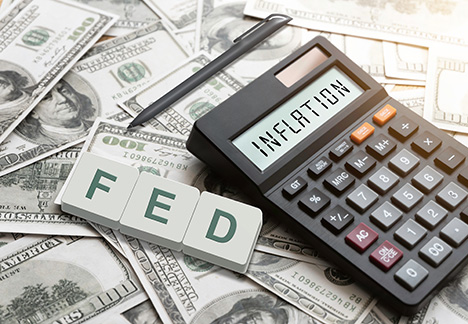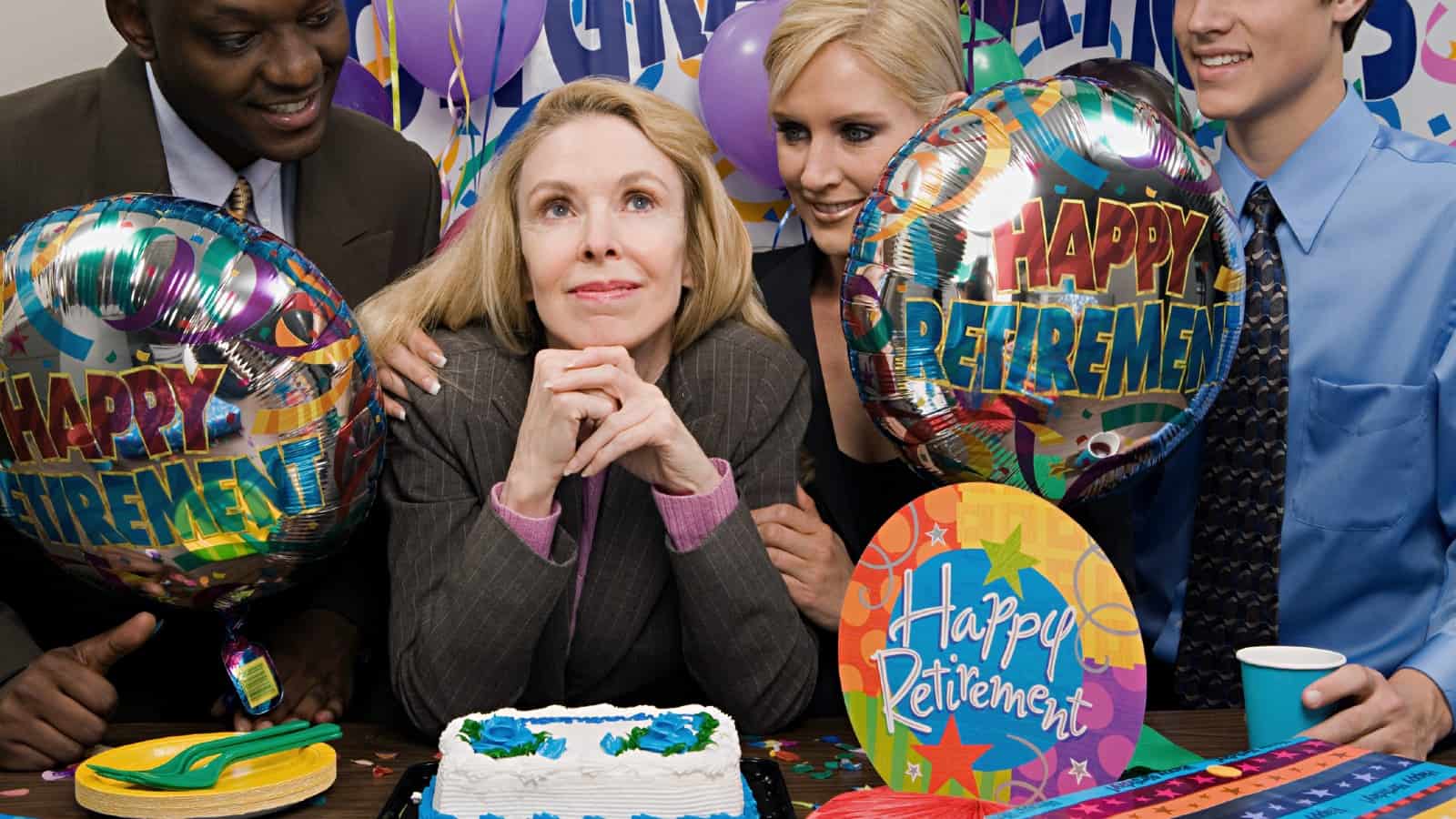Recession? Inflation? Soft landing?
Stagflation?
None of the above?
This economy and stock market are among the most confusing of my lifetime.
I continue to hear chatter about a pending recession this year. But that prediction is awfully hard to square with last week’s employment report.
At 3.4%, the current jobless rate is the lowest since May 1969, the year Neil Armstrong walked on the moon and Max Yasgur leased his farm in Woodstock, New York, for an epic concert in the mud.
And the economy added 517,000 jobs in January, more than twice what was expected. Job markets like that just don’t precede recessions.
Of course, the Federal Reserve is the real wild card right now. And at the moment, it’s clueless – which is a real danger for investors.
Financial Conditions
The Fed started raising its benchmark interest rate in late March 2022. This was an effort to tighten financial conditions and cool economic activity in order to bring inflation back down to earth.
It has hiked the federal funds rate eight times over that period for an increase of 4.5 percentage points, among the most dramatic hiking cycles in U.S. history.
Despite all those hikes, financial conditions today are looser than when the Fed started hiking. You can see it in the chart below, which tracks the Chicago Fed’s Adjusted National Financial Conditions Index.
The more negative that black line goes, the looser financial conditions are. It indicates it’s becoming easier for companies and individuals to borrow and spend, and they’re more willing to take risks. It also reflects that consumers feel wealthier – and therefore are more likely to spend money.
And as you can see in the chart, risk, leverage and credit in the U.S. economy all began to tighten when the Fed started hiking last spring. Yet since mid-October they’ve become dramatically looser again. And the overall index is back to its February 2022 level.
So what was so special about mid-October?
That’s exactly when the stock market bottomed and started to recover. The S&P 500 Index is up 15% since October 12.

That tells us one thing: Investors no longer believe the Fed.
A cardinal rule of “Investing 101” is “Don’t fight the Fed.” In other words, don’t invest in risk assets like stocks when the Fed is raising interest rates – or you’re bound to get burned.
But investors are now treating that mantra with blatant disregard.
It’s become crystal clear that the Fed has lost control of the narrative, which was supposed to be that it would aggressively hike rates until inflation came back to an acceptable level (somewhere below 3.5% or so).
There’s no better evidence of the Fed’s failure than Chairman Jerome Powell’s press conference last week.
Fed watchers agree that while the Fed is slowing its rate hikes – last week’s hike was just a quarter of a percentage point – Powell and other Fed board members need to talk tough to keep investors’ animal spirits reined in until inflation recedes.
Powell did just the opposite. He came across as blasé about the fact that financial conditions have loosened. In fact, he seemed almost unaware of it. Here’s what he said (you can also find it in the transcript here)…
So, it is important that overall financial conditions continue to reflect the policy restraint that we’re putting in place in order to bring inflation down to 2%. And of course, financial conditions have tightened very significantly over the past year.
That miscue sent markets soaring. The S&P 500 Index rose 1.8% in the 45 minutes after he finished speaking.
Good news? I don’t think so.
I like to see stock prices rise as much as anybody. But I would caution investors that trying to capitalize on the Fed’s failure could backfire. Because if financial conditions continue to loosen and the Fed can’t regain control, Powell is liable to do something dramatic.
That could mean a reversion to the half-point rate hikes it was employing last year… or worse.
Such dramatic hikes would do serious damage – possibly triggering a recession in an otherwise very healthy economy. They would also send markets into a tailspin.
My advice: Stay in the market (unless you need the money in the next three years), but avoid overweighting the riskiest stocks (meme stocks, FAANG stocks, Nasdaq-100 stocks, etc.).
Riskier stocks rise the fastest in loose financial conditions (the Nasdaq-100 is up twice as much as the S&P 500 this year). But if Powell changes course and goes aggressive again, they’re likely to be the first to fall.
Credit: Source link














